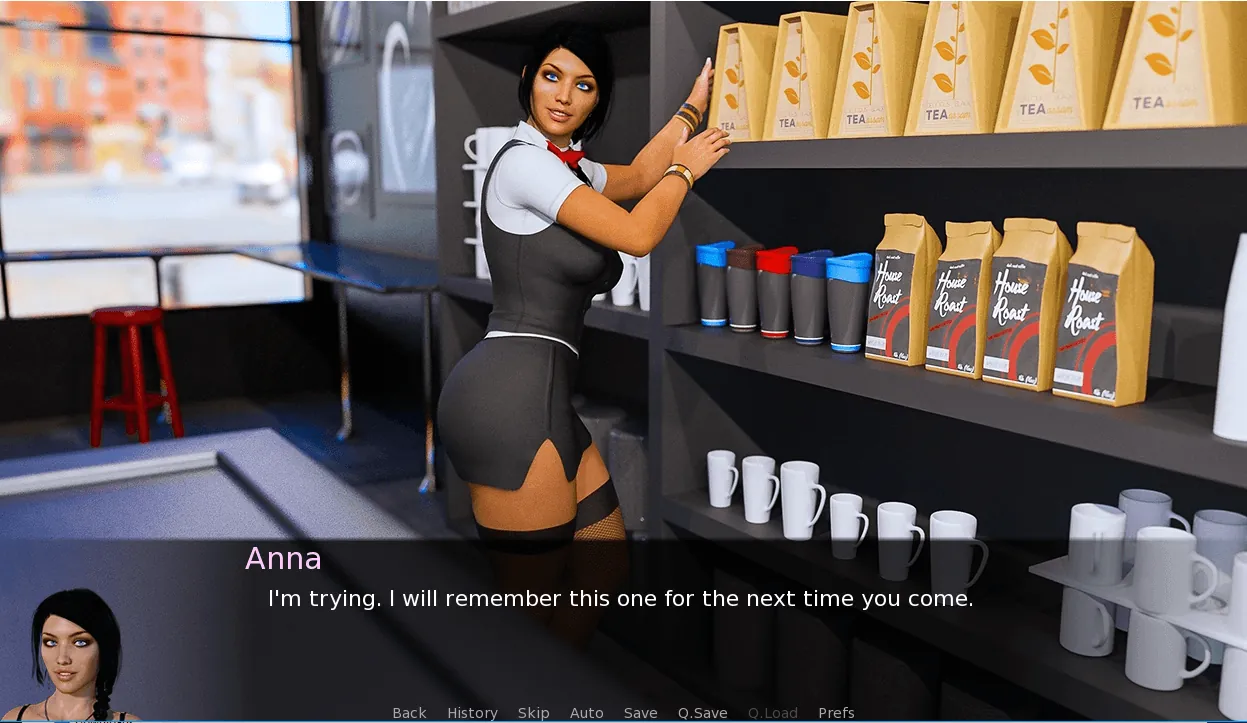
Summer with Mia
Play Summer with Mia
Summer with Mia review
Explore Gameplay, Features, and Tips for Summer with Mia
Summer with Mia is an engaging interactive game that has captured the attention of many players looking for a unique story-driven experience. This article dives into the core aspects of Summer with Mia, exploring its gameplay mechanics, storyline, and what makes it stand out. Whether you’re new to the game or looking to deepen your understanding, this guide offers practical insights and personal reflections to help you enjoy Summer with Mia to the fullest.
Understanding Summer with Mia: Gameplay and Storyline
Have you ever started playing a game and felt like you were being whisked away on an actual adventure, not just clicking through screens? 😊 That’s the magic I experienced the first time I booted up Summer with Mia. I was instantly hooked by its unique blend of heartfelt storytelling and player-driven action. If you’re curious about what makes this title stand out in the crowded space of immersive story games, you’re in the right place. Let’s dive deep into the Summer with Mia gameplay and the captivating Summer with Mia storyline that makes it so unforgettable.
What is Summer with Mia About?
At its heart, Summer with Mia is a coming-of-age story set during a single, transformative season. 🏖️ You step into the shoes of the protagonist, arriving in a sleepy coastal town for the summer, where you meet Mia—a character whose own story becomes deeply intertwined with yours. The core Summer with Mia plot revolves around friendship, self-discovery, and the small, poignant moments that define a season of change. I remember one evening in the game, sitting on the virtual pier with Mia as the sun set, and the dialogue options felt so real that I genuinely paused, thinking about how my choices would affect our relationship. It’s these moments that elevate the Summer with Mia storyline from a simple narrative to a personal journey.
The premise is beautifully simple, yet it unfolds with remarkable depth. You’re not just an observer; you’re an active participant shaping the narrative through your decisions. The Summer with Mia plot is driven by your interactions, making each playthrough feel uniquely yours. Whether you’re helping Mia with a local project or deciding how to spend a rainy afternoon, your actions have consequences that ripple through the story. This aspect is what truly defines the Summer with Mia storyline—it’s a living, breathing world that reacts to you.
Pro Tip: Don’t rush through the main story beats. Some of the most rewarding parts of the Summer with Mia plot are hidden in side conversations and optional activities. Take your time to explore every nook and cranny!
From my experience, the game masterfully balances lighthearted summer fun with deeper emotional layers, ensuring that the Summer with Mia storyline remains engaging from start to finish.
Core Gameplay Mechanics
The Summer with Mia gameplay is where the game truly shines, blending traditional adventure elements with innovative interactive game features. The core gameplay mechanics Summer with Mia employs are intuitive yet deep, allowing for a rich player experience. Essentially, you navigate the world through a combination of exploration, dialogue trees, and light puzzle-solving. I found that the control scheme is easy to pick up, but mastering the timing of interactions can significantly impact your progress.
One of the standout interactive game features is the relationship system. Your conversations with Mia and other townsfolk aren’t just for show; they directly influence character attitudes and unlock new story branches. For instance, choosing to share a personal secret during a campfire scene might open up a side quest later on. This dynamic system is a crucial part of the Summer with Mia gameplay, making every choice feel weighty and meaningful.
Another key aspect of the gameplay mechanics Summer with Mia relies on is the day-night cycle and weather system. These aren’t just cosmetic—they affect which characters are available, what activities you can do, and even the mood of conversations. I learned this the hard way when I missed a crucial event because I spent too long fishing during a storm! 🎣
To give you a clearer picture, here’s a comparison of some key elements:
| Key Gameplay Features | Associated Narrative Elements |
|---|---|
| Branching Dialogue Trees | Shapes character relationships and story outcomes |
| Time-Based Events | Creates a sense of urgency and realistic pacing |
| Environmental Interaction | Reveals hidden backstory and world-building details |
| Skill-Based Mini-Games | Reflects personal growth and mastery over the summer |
The Summer with Mia gameplay is designed to be accessible yet rewarding. You don’t need to be a hardcore gamer to enjoy it, but paying attention to the gameplay mechanics Summer with Mia uses will enhance your experience tremendously. 🎮 My advice? Experiment with different approaches in conversations and activities—you might be surprised by how much the game world changes in response.
Narrative and Character Development
The character development in Summer with Mia is, without a doubt, one of its strongest suits. From the moment you meet her, Mia feels like a real person with her own fears, dreams, and quirks. 🎭 The game does a phenomenal job of letting you witness her growth, which is intricately tied to your own choices. I was particularly moved by how her trust in the player character evolves based on cumulative interactions, not just one-off decisions. This careful attention to character development in Summer with Mia ensures that the emotional payoffs feel earned and authentic.
The narrative style is deeply immersive, employing a first-person perspective that makes you feel like you’re living the story rather than just watching it. As you progress, the Summer with Mia plot reveals layers of complexity, dealing with themes like forgiveness, ambition, and the bittersweet nature of temporary connections. What sets it apart from other immersive story games is how it balances linear story beats with player agency. You’re guided, but never railroaded, allowing for a personal connection to the Summer with Mia storyline.
Memorable moments abound, but one that stuck with me was a simple scene where you and Mia try to fix an old boat. 🚤 Depending on your earlier choices, the conversation can range from playful banter to a heartfelt discussion about future plans. This scene perfectly encapsulates the character development in Summer with Mia—showing how small actions build into significant relational shifts.
The supporting cast also receives thoughtful development, with their own arcs that intersect with Mia’s journey. This richness adds depth to the world, making it feel alive and interconnected. The game’s approach to storytelling firmly places it among the best immersive story games available today, offering a poignant experience that lingers long after the credits roll.
Ultimately, the beauty of Summer with Mia lies in how its gameplay mechanics and narrative weave together to create a cohesive, emotionally resonant adventure. Whether you’re drawn to the deep Summer with Mia gameplay or the compelling Summer with Mia storyline, this game offers a summer you’ll want to revisit again and again. 🌟
Summer with Mia offers a distinctive blend of interactive storytelling and engaging gameplay that appeals to players seeking a rich narrative experience. By understanding its gameplay mechanics and storyline, players can fully immerse themselves in the game’s world and characters. Whether you are just starting or looking to deepen your playthrough, Summer with Mia provides a rewarding experience worth exploring. Dive in and discover what makes this game a memorable journey.











